Game changers
We have defined eight clear goals that are crucial for Norwegian football. These goals, known as Football Norway's "Game changers," will elevate the sport to a new level by 2030, impacting the entire football community.
The national teams must qualify for major tournaments
Few things engage the Norwegian people more than the performance of our national teams. It has been 25 years since the men's national team last qualified for a major tournament, and in recent years, the women's national team has not performed at the expected level in the tournaments they have participated in. This highlights the need for decisive action to strengthen our position on the international stage.
Norwegian football has a clear goal: the men's national team must qualify for at least one European Championship or World Cup in the current strategy period, and the women's national team must qualify for all European Championships and World Cups during this period and regularly reach the knockout stages.
Associated key focus areas:
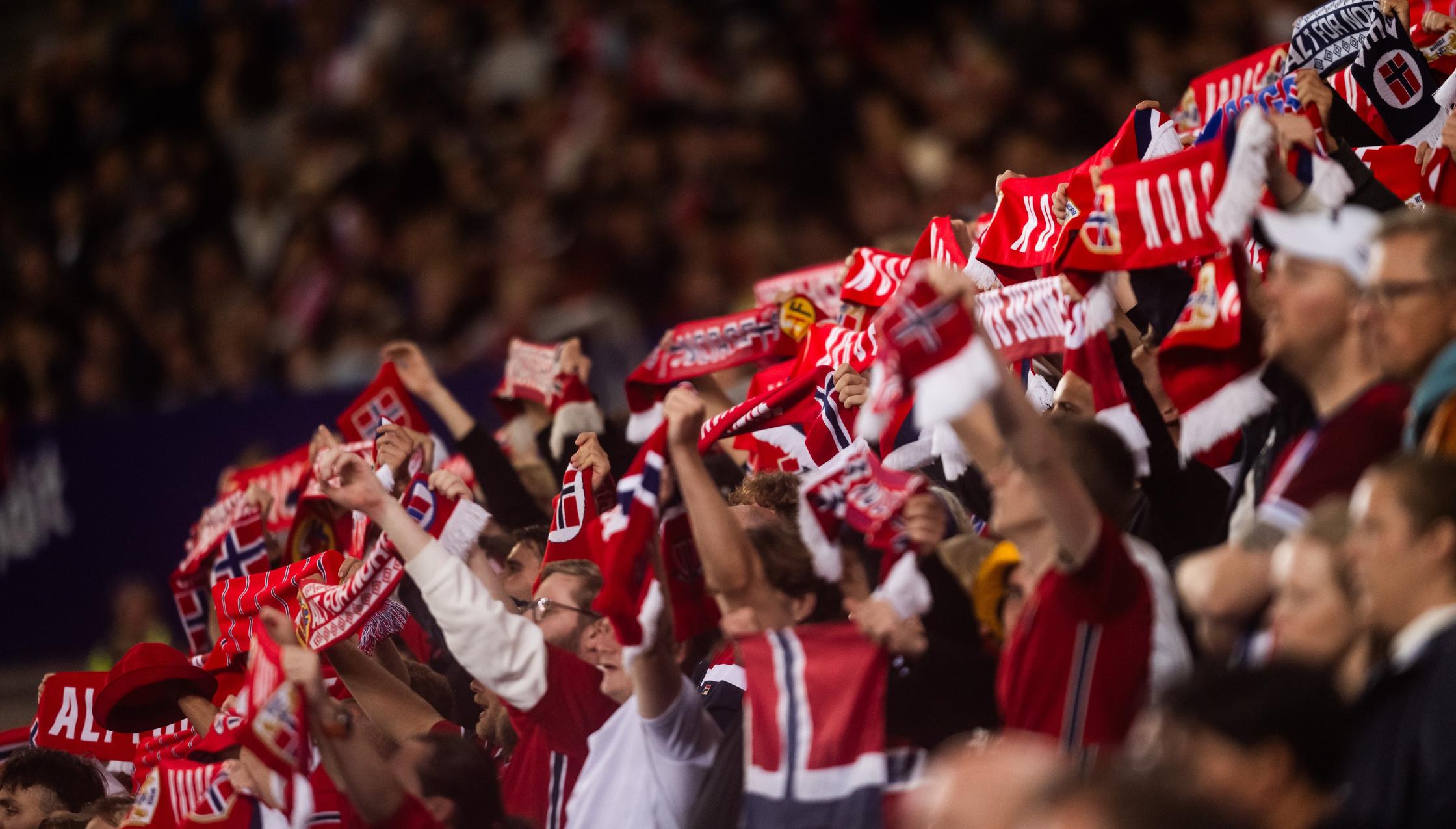
Norway's most important community arena
Football should be Norway's most important community arena outside of school, where everyone, regardless of economic status, background, ability, gender, or place of residence, experiences inclusion and joy. With strong roots in local communities nationwide, we create a safe and inclusive space that fosters activity, unity, and a sense of achievement while counteracting social exclusion and crime. Football should be for everyone – a meeting place that builds national belonging.
Our shared ambition is to see Norwegian football continue to grow, with a target of reaching 470,000 members by 2030. To achieve this, we will increase participation among girls and people from economically disadvantaged areas, ensuring football truly is for all.
Associated key focus areas:
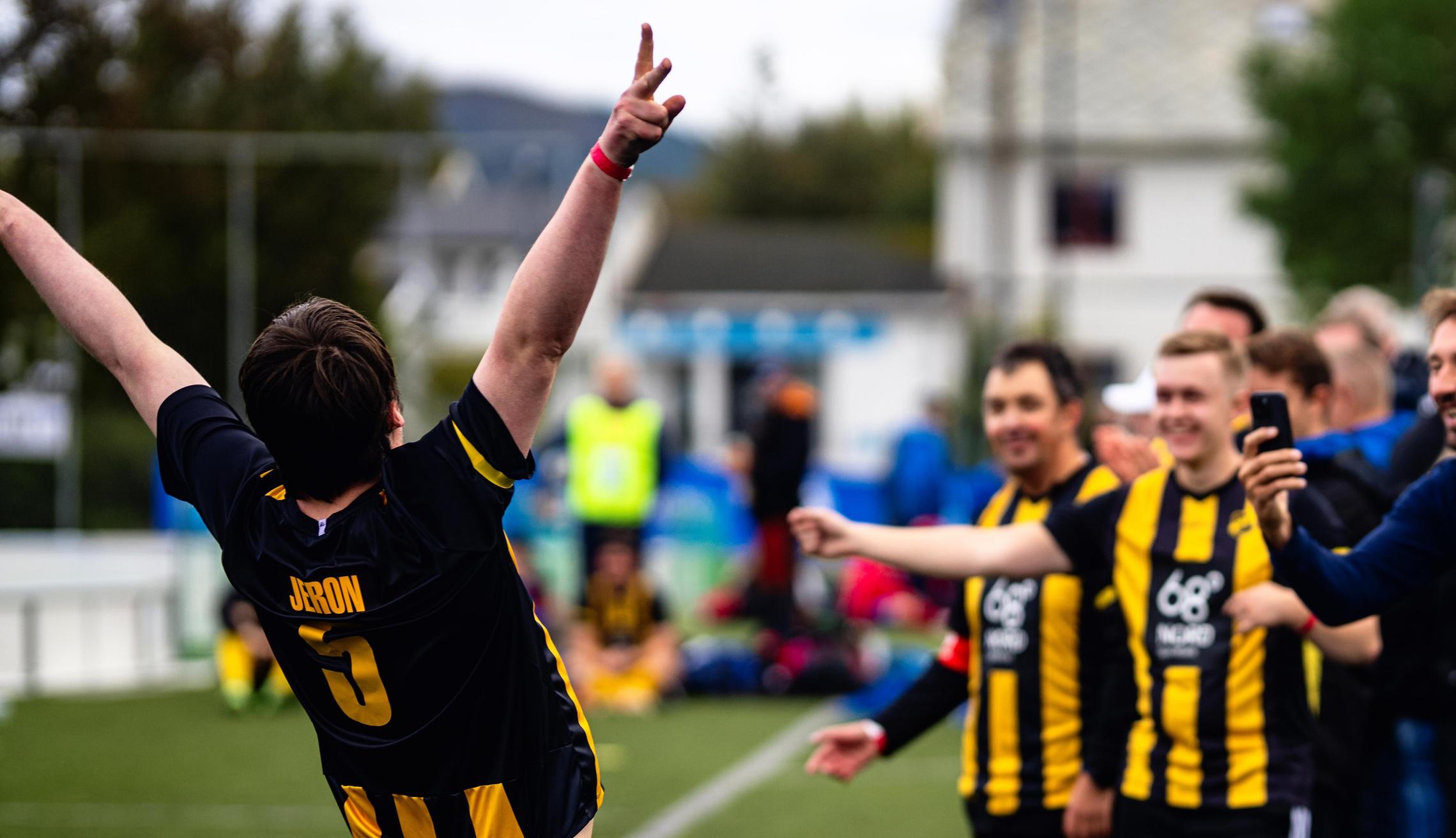
The world's best children's football
Norwegian children's football should be the best in the world at creating a safe, inclusive, and inspiring environment, where all children experience joy, mastery, and development. In close cooperation with districts and clubs, we build communities that provide all children with the opportunity to participate, grow, and feel a sense of belonging. By focusing on quality and activity in safe environments, we strengthen team spirit and individual growth, giving children the confidence to take risks on and off the pitch. Together, we shape happy and courageous players and a strong community that lasts a lifetime.
We aim to increase the number of children aged 6–12 starting football by 10% over the period. At the same time, we aim to halve the dropout rate in children's football so that more young players remain in the sport.
Associated key focus areas:
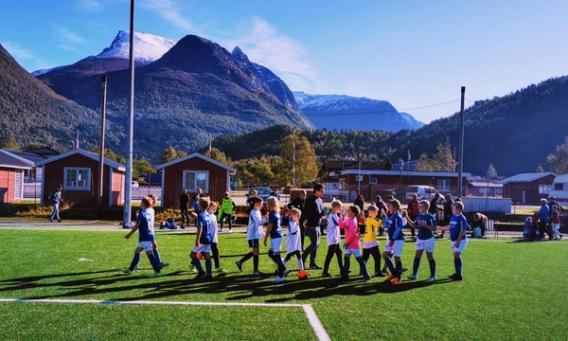
1,800 quality football facilities
High-quality facilities are crucial for both grassroots and elite football to create engagement and provide children and young people with the opportunity to develop skills and experience achievement. Norwegian football is undergoing a significant transition, phasing out rubber granulation while facing a challenging facility situation where many pitches require renewal.
The FA, districts, and clubs must work together to build and upgrade high-quality football facilities, including clubhouses, focusing on accessibility for all. Districts should develop local facility strategies considering geographical and climatic conditions in cooperation with authorities, politicians, and industry stakeholders. This is essential to securing resources and finding long-term solutions.
Our goal is to have 1,800 facilities in satisfactory condition at all times, ensuring player safety and rehabilitating facilities where needed. To achieve this, the pace of refurbishment must increase, and well-structured facility plans, combined with targeted political efforts, will ensure the future of football infrastructure, including replacing rubber granules.
Associated key focus areas:
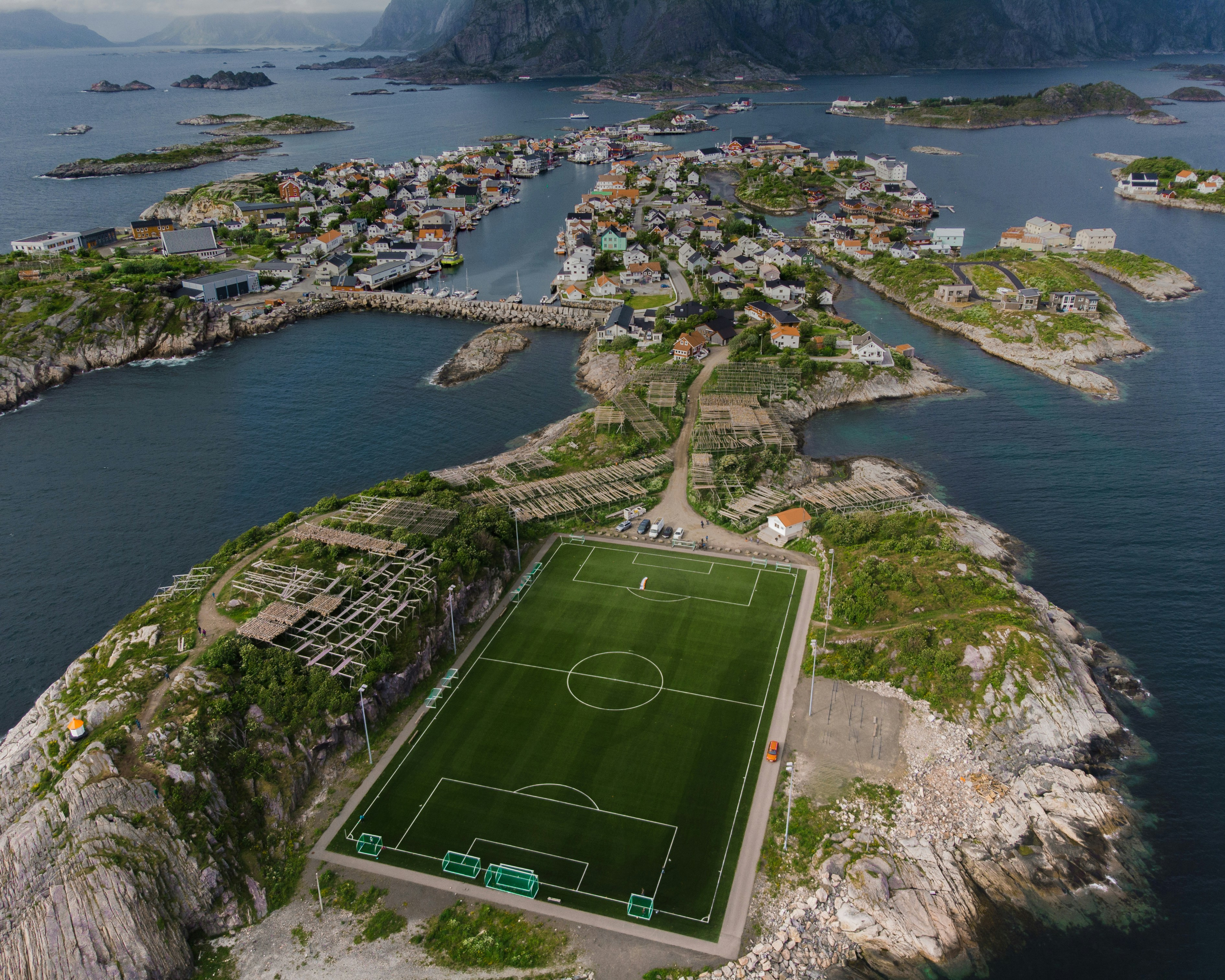
Strengthening the connection between grassroots and elite
One of Norwegian football's strengths is the connection between grassroots and elite levels, but new challenges are emerging. Private academies, earlier player recruitment, and foreign agents scouting increasingly younger talents risk creating imbalances. To address this, we must strengthen club development structures that put players at the centre, building on close collaboration between districts and clubs.
Elite football is becoming more professional, with strong sporting structures and significant resources. Initiatives such as academy classification and national competition platforms have improved quality and competitiveness and widened the gap between grassroots and elite within the Norwegian model.
The FA must act as a unifying force, maintaining the integrity of the football pyramid, balancing different interests, and strengthening cooperation between clubs. Close collaboration with interest organisations is also essential, with a shared goal of making clubs effective development arenas for Norwegian elite football.
Transition clubs play a key role in bridging the gap between grassroots and elite by providing a crucial development stage for emerging talents and a transition level for players stepping down from professional football.
Associated key focus areas:
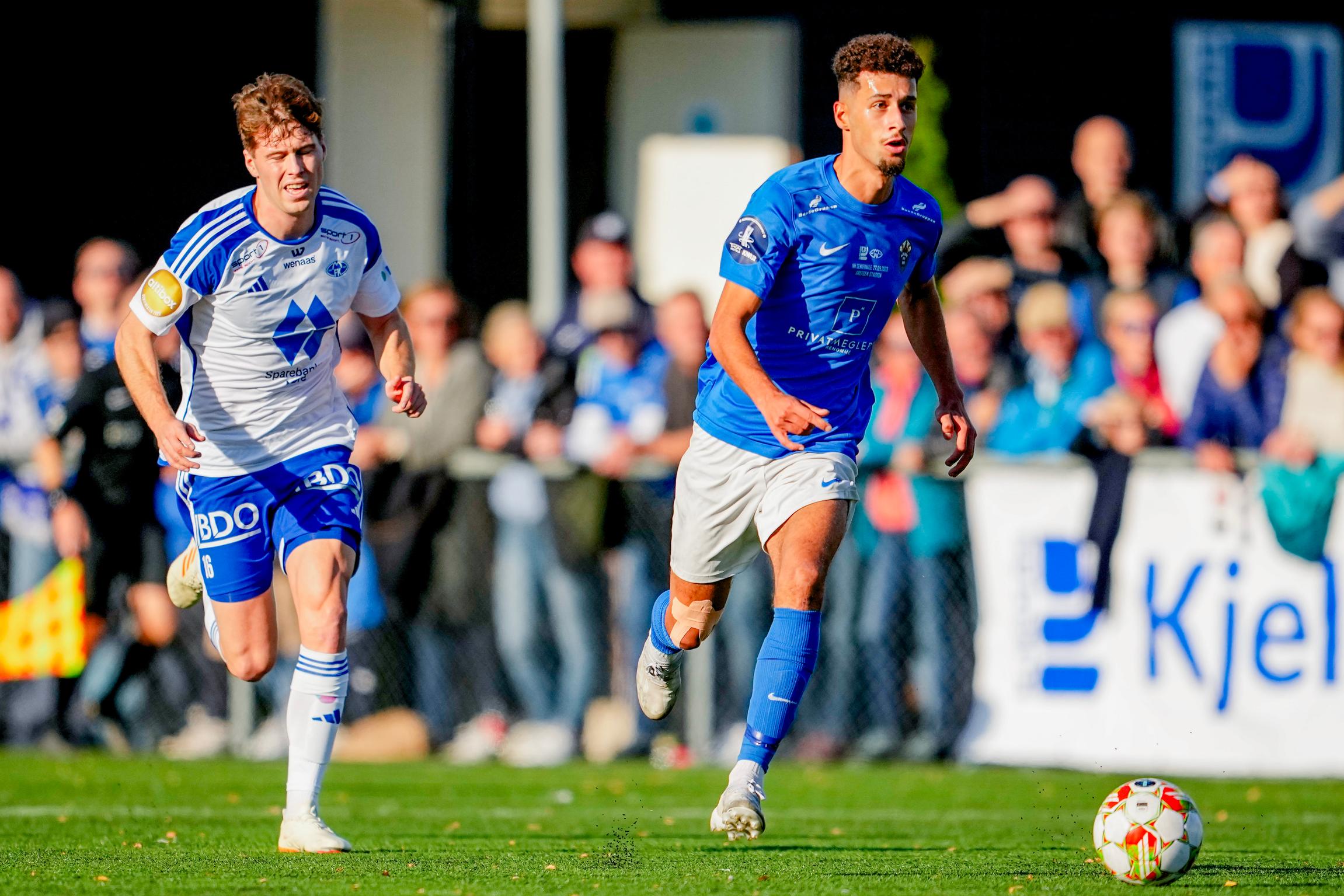
150 000 girls in football
Football has a strong membership base in Norway, including among girls. It is by far the largest sport for girls, but in recent years, we have seen a slight decline in participation among 13–19-year-old girls, who are already in a vulnerable position. Representation of women in football remains low. This is a trend we must reverse.
In close collaboration with clubs and districts, we will develop initiatives and provide tailored development pathways to recruit and retain more girls in football. We must change attitudes, remain curious, and acquire new knowledge about factors specific to girls and women's development and well-being. We must create a culture where girls and women feel at home in football, including those from multicultural backgrounds who often require a more customised approach.
The goal is to increase the number of female members from 124,000 to 150,000.
Associated key focus areas:
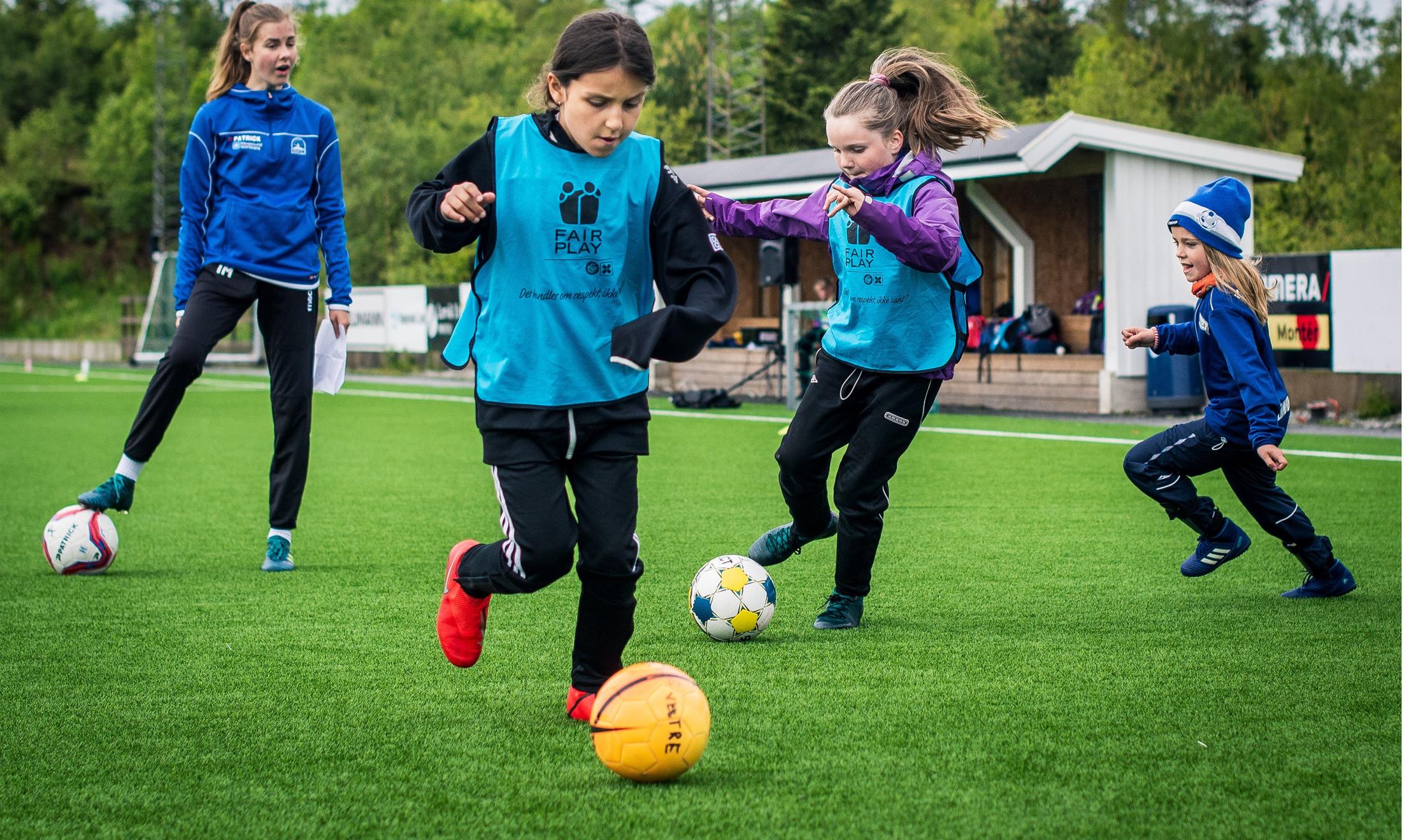
Quadrupling attendance in women's football
Women's football is entering a new golden era, with increasing interest and investment. This presents a unique opportunity to establish a new generation of fans while strengthening the existing supporter culture in Norway. Quadrupling attendance figures by 2030 will lay the foundation for commercial growth, increase media coverage, and enhance match experiences.
The goal is to fill Ullevaal Stadium for major national team matches, raise the Toppserien average attendance to 2,200 per game, pack the stands for the UEFA Women's Champions League final at Ullevaal in 2026, and make the cup final a nationwide celebration. Achieving this will strengthen Norwegian women's football and inspire more girls to take up and continue playing football.
Associated key focus areas:
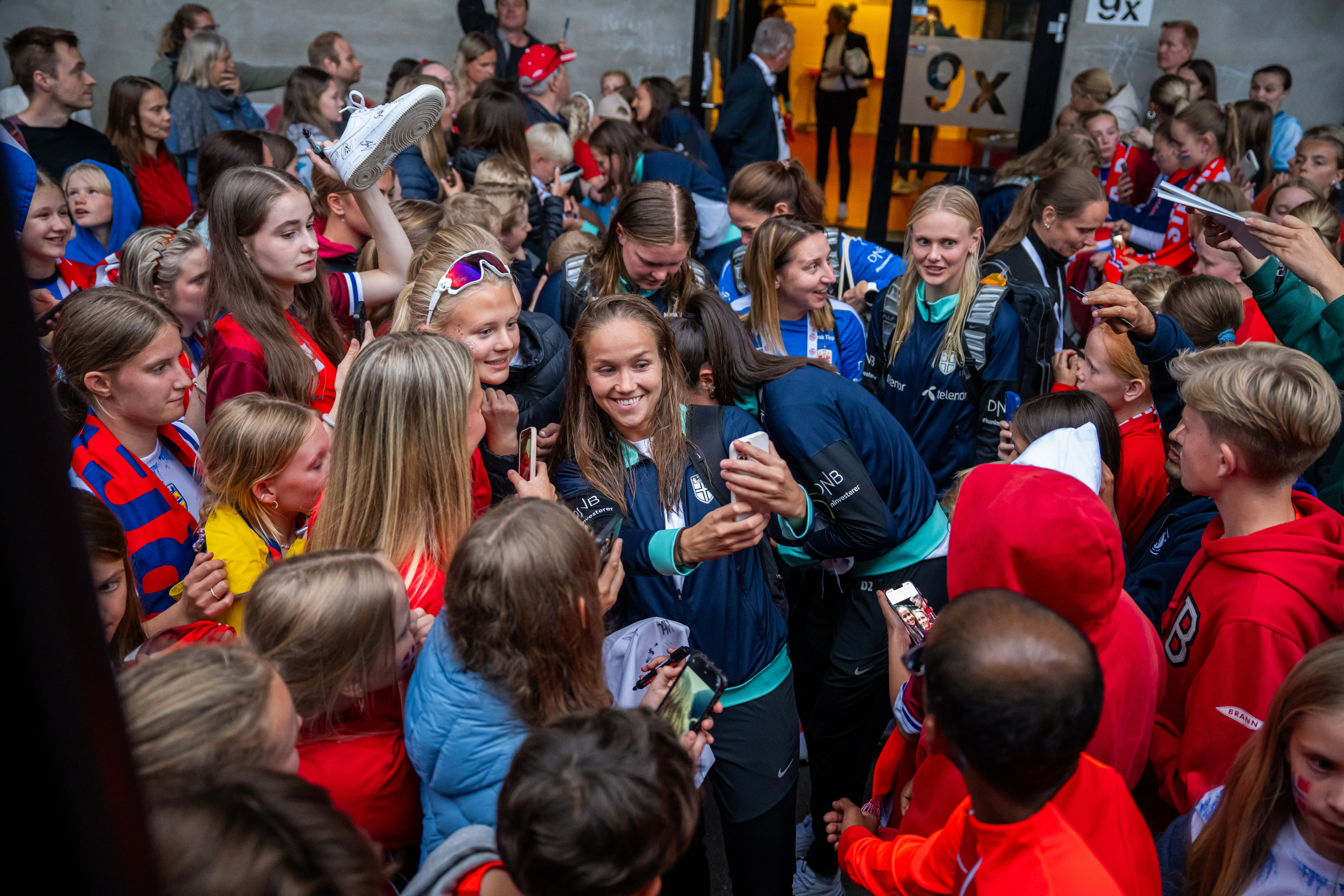
Developing a national training facility
Most European countries already have or are in the process of establishing national training facilities for their national teams. The Norwegian FA has long faced challenges in providing optimal training conditions for the A-national teams, who currently share a single pitch with LSK. This is insufficient if we aim to compete at the highest international level.
A national training facility will provide top-class infrastructure essential for future performance and development. Without this, it will be difficult to achieve our goal of consistently qualifying for major tournaments.
Associated key focus areas:
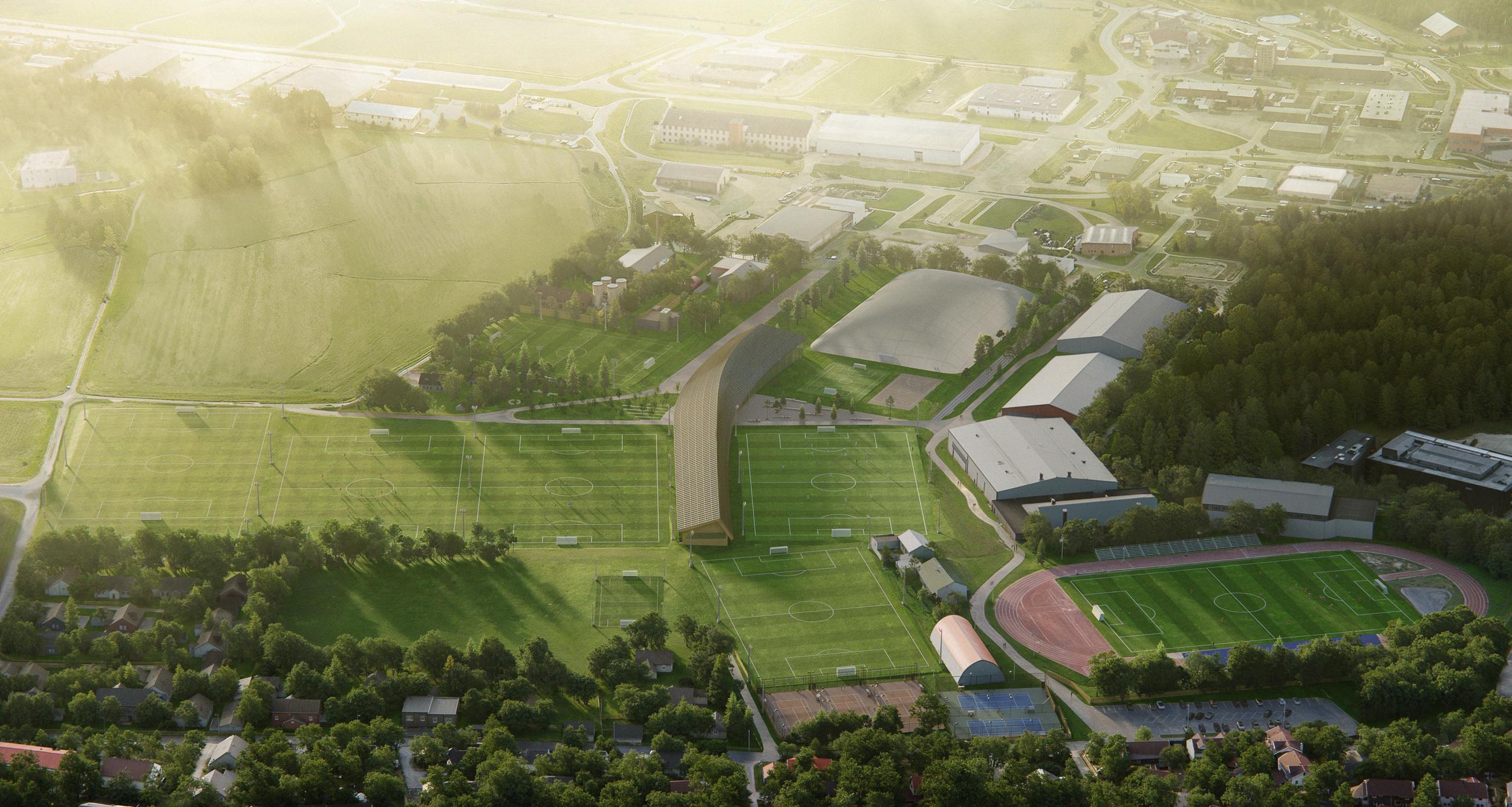
Next page